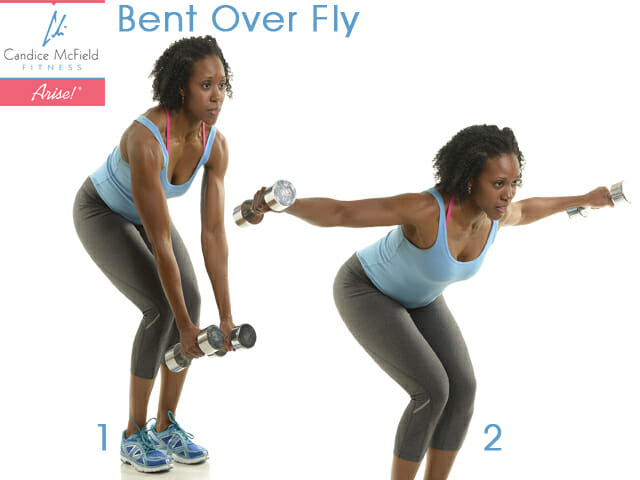 In today’s fast-paced life, it is highly unlikely the vast majority of us adhere to a diverse, well-balanced diet to meet nutritional needs. If you are able to meet your daily caloric needs by consuming a nutrient-rich, highly diversified diet, you may not need supplements. Supplements should be used when significant deficiencies exist in your diet. This does not mean supplementation is required daily as they are meant to support, not replace good eating. You may only need to use supplements on those days you are unable to meet your minimum intake requirements. In order to determine when and what supplements are necessary, here are few tips and guidelines.
In today’s fast-paced life, it is highly unlikely the vast majority of us adhere to a diverse, well-balanced diet to meet nutritional needs. If you are able to meet your daily caloric needs by consuming a nutrient-rich, highly diversified diet, you may not need supplements. Supplements should be used when significant deficiencies exist in your diet. This does not mean supplementation is required daily as they are meant to support, not replace good eating. You may only need to use supplements on those days you are unable to meet your minimum intake requirements. In order to determine when and what supplements are necessary, here are few tips and guidelines.
- Consult with your physician before starting a supplement regimen. Check with your physician before introducing supplements into your routine.
- Determine what physiological system you are targeting. Before taking any supplement, you should know exactly what system is impacted by the supplement and whether or not that system requires supplementation. If you cannot make this determination, do not supplement.
- Be selective in your supplement choices. All supplements are not created equal. Choose supplements with natural ingredients and with a few as possible (e.g. dl-alpha tocopheryl is a synthetic Vitamin E with fewer benefits than natural Vitamin E).
- Choose reputable manufacturers. Choose companies that provide certifications, of analysis and studies to support product claims.
Many consumers believe products are safe because they are on the market. However, the Food and Drug Administration (FDA) does not test the effectiveness, safety or purity of nutritional supplements and US guidelines are far less strict than other countries like Canada and Europe. As consumers, it is important to know what you are feeding your body.

Exercise of the Month
Bent Over Fly
Primary Muscle Targeted: Back
Secondary Muscles: Abdominals, Rear Delts, Shoulders
- Standing with your feet hip-width apart, bend at the waist holding dumbbells (or plates) with your arms straight, palms facing in.
- Maintaining a flat back, raise the dumbbells outward to shoulder height.
- Bend your elbows slightly as you lift if necessary.


























































































































